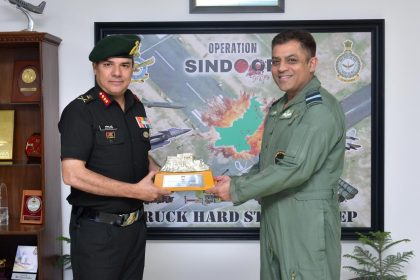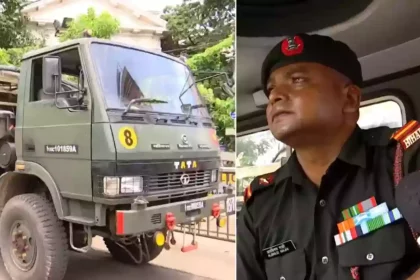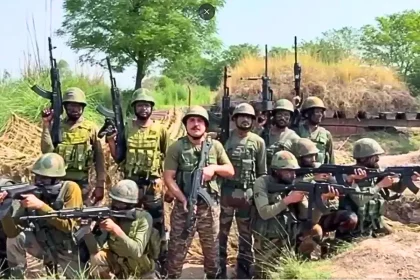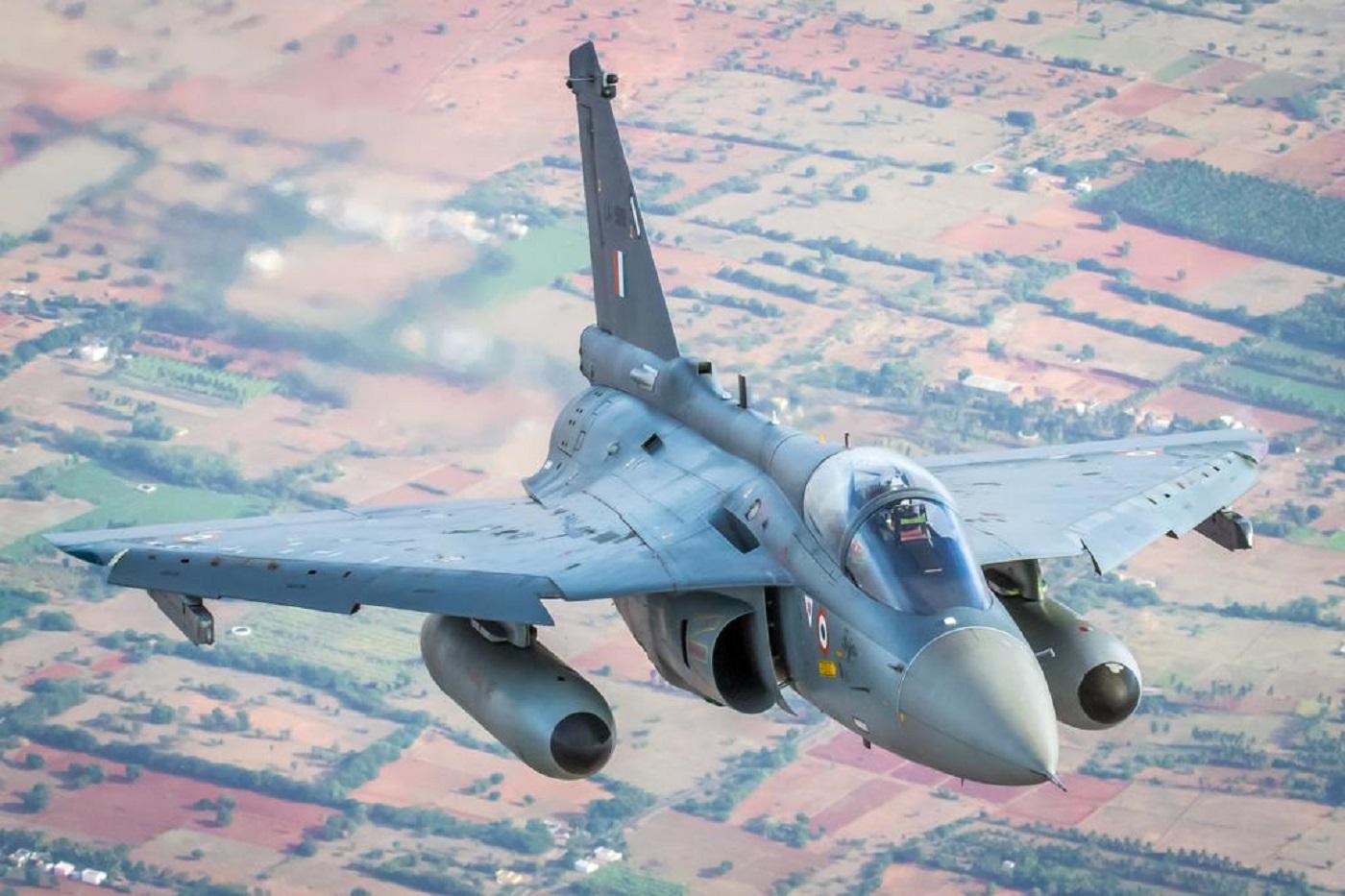Lt Gen AVS Rathee and Air Marshal Nagesh Kapoor Meet to Boost Joint Operational Synergy Along Borders
Konark Corps Chief and South Western Air Command Chief discuss deeper Army-Air Force integration under CDS Anil Chauhan’s “jointness” vision
Army Denies Wrongdoing After Military Truck Booked for ‘Dangerous Driving’ in Kolkata
Army denies traffic violation after truck stopped near Writers’ Buildings; Police stress road safety, not Army vs Police.
Indian Army Releases Video on Operation Sindoor, Explains Ceasefire With Pakistan
Strikes showcased as response to Pahalgam massacre; Army underscores “India’s pursuit of peace”.
HAL Now to Deliver First 2 Tejas Mk-1A Jets in October Despite Engine Delays
Indigenous fighter achieves key milestone as weapons trials completed.
Teledyne FLIR OEM Launches Boson+ IQ Thermal Imaging Development Kit at DSEI UK 2025
New Hardware and Software Development Kit Accelerates Thermal Imaging and AI Integration at the Edge.
Retd Brigadiers Turn Approvers in Graft Case Against Ex-ISI Chief Faiz Hameed
First-ever court martial of former ISI head deepens as aides testify in housing corruption scandal.






